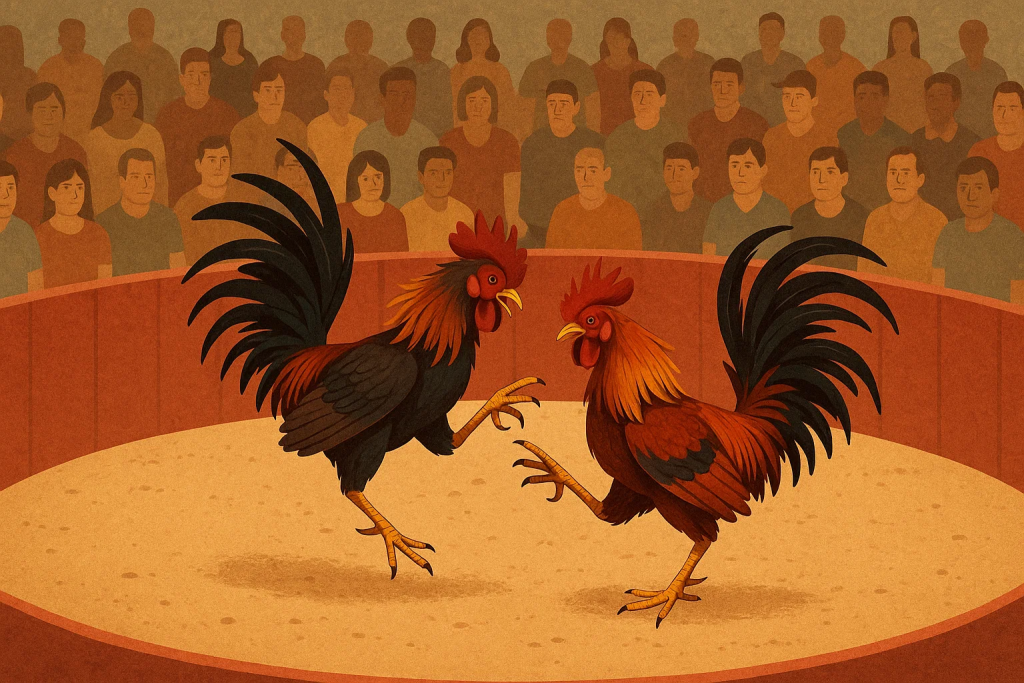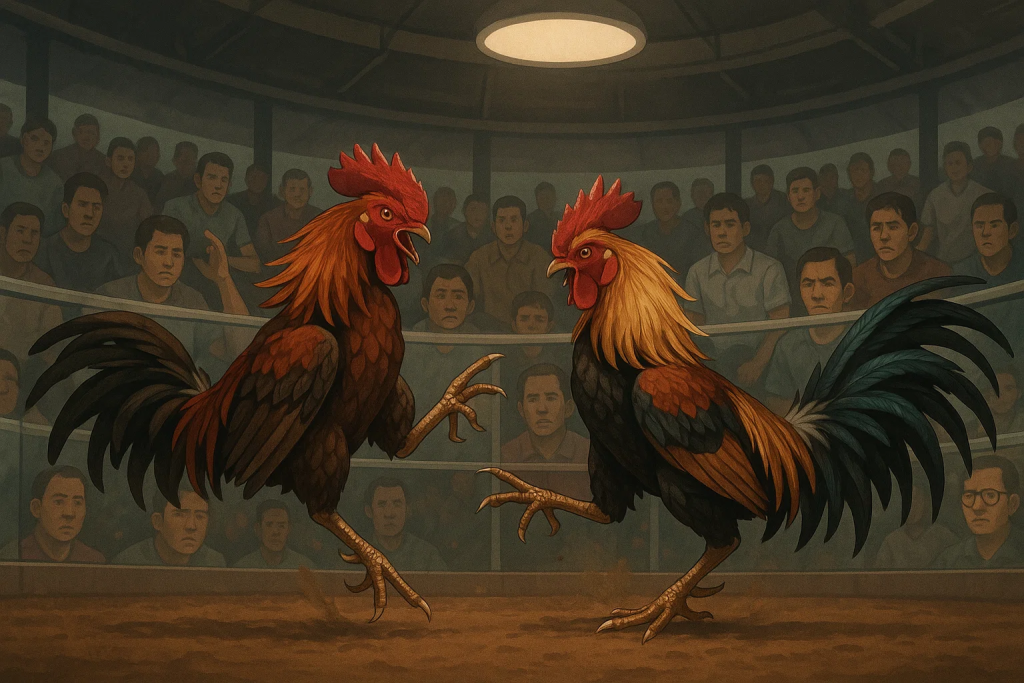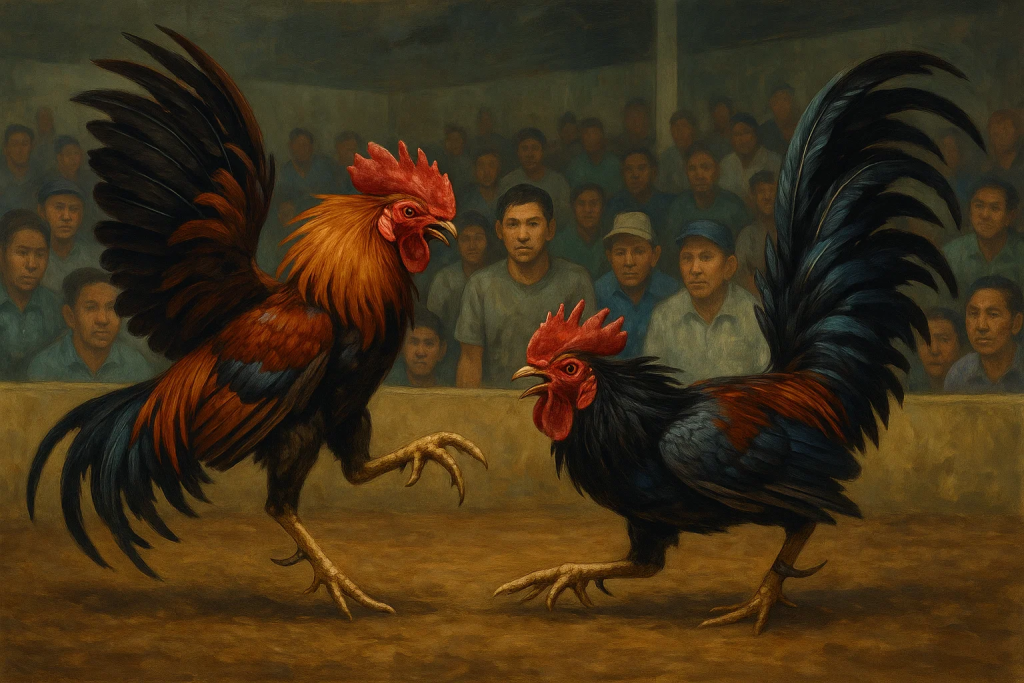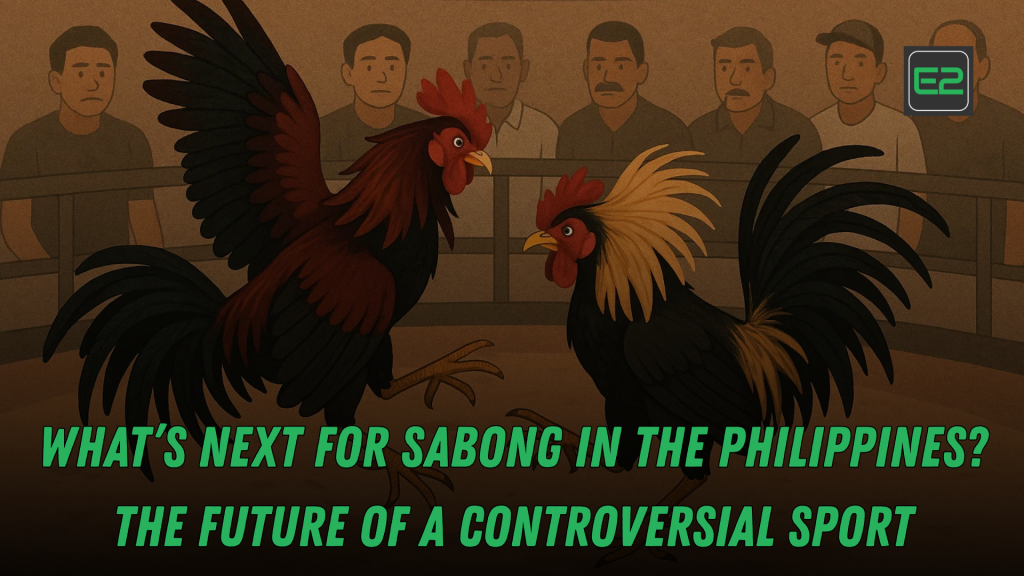Table of Contents
Sabong, or cockfighting, is a deeply rooted tradition in the Philippines, steeped in history and culture. While it has long been a part of Filipino life, the sport is facing increasing scrutiny, with debates surrounding its ethics, legality, and future. The government, social activists, and even casual fans of the sport are grappling with the question: What’s next for sabong in the Philippines?
In this article, we will explore the future of sabong in the Philippines, examining its cultural significance, the controversies surrounding it, and the evolving legal landscape. We will also look into potential changes that could shape the sport’s future and offer insights into whether sabong will continue to be a staple in Filipino society or face a decline.
1. The Cultural Legacy of Sabong in Philippines
1.1 The Historical Significance of Sabong in the Philippines
Sabong has a long history in the Philippines, dating back to pre-colonial times. The practice of cockfighting is believed to have been introduced by early Filipino tribes, possibly as part of rituals or competitions for strength, valor, and bravery. During the Spanish colonial era, sabong was formalized and gained widespread popularity as a form of entertainment. By the time the United States took control of the Philippines in the early 20th century, cockfighting had become deeply integrated into the local culture.
For many Filipinos, sabong is more than just a sport—it is a cultural tradition that binds communities together. It is a fixture at local festivals and social gatherings, where people of all social classes engage in friendly bets, enjoy camaraderie, and celebrate their love for the game. Even today, sabong remains a symbol of Filipino resilience, pride, and tradition.

1.2 Sabong as a Social Activity
In Filipino communities, sabong provides more than just a form of recreation. It serves as an avenue for social interaction, particularly in rural areas. Small towns and provinces often host regular sabong tournaments that draw local crowds, fostering a sense of belonging and shared identity. These events are not only about competition but also about forming bonds with neighbors, friends, and fellow enthusiasts.
However, while sabong is widely regarded as a part of the Filipino way of life, it is also increasingly viewed through a modern lens, raising questions about its role in contemporary society.
2. The Controversies Surrounding Sabong in the Philippines
2.1 Ethical Concerns: Animal Welfare Issues
The most significant controversy surrounding sabong lies in its treatment of animals. Critics argue that the sport is inherently cruel, as roosters are bred, trained, and forced to fight in a manner that often leads to severe injuries or death. These concerns have led to calls for a ban on cockfighting, with animal rights activists pushing for stronger regulations and enforcement to protect the welfare of the birds.
Some proponents of sabong contend that the roosters involved in the sport are raised for this purpose and are treated well before and after the fights. However, even those in favor of the sport cannot ignore the fact that it involves violent bloodsport that raises moral and ethical questions about the treatment of animals.
2.2 Legal Challenges and Regulatory Issues
Sabong’s legality is another point of contention. While the sport is still legal in many parts of the Philippines, it is highly regulated. In some areas, the practice is allowed only within designated arenas, and there are strict laws governing the conduct of cockfights. However, illegal cockfighting rings still exist, often linked to organized crime, underground betting, and other criminal activities. These illicit operations make it difficult for authorities to control and monitor the industry effectively.
In recent years, law enforcement has cracked down on illegal cockfighting, leading to several high-profile raids and arrests. The challenge of balancing the cultural significance of sabong with modern concerns about gambling, crime, and animal welfare remains a difficult issue for policymakers.

Cockfighting and Crime: When Bloodsport Meets the Underground
2.3 Economic Impact of Sabong
Despite the controversies, sabong remains a significant economic activity in the Philippines. The industry generates millions of pesos annually, from the sale of gamecocks to the operations of licensed arenas and betting platforms. Many small businesses, particularly those in rural areas, rely on sabong-related activities for their livelihoods, including breeders, trainers, and suppliers of feed and equipment.
The government also benefits from taxes on legal cockfights, which help fund public programs. However, the illicit nature of underground sabong means that there is a significant amount of unreported income that goes untaxed. While sabong contributes to the local economy, its association with illegal gambling and organized crime tarnishes its economic reputation.
3. The Legal Landscape: What’s Changing?
3.1 Recent Developments in Sabong Regulations
In recent years, the Philippine government has introduced several changes to the regulatory landscape surrounding sabong. The Philippine Amusement and Gaming Corporation (PAGCOR) has been tasked with overseeing the legal operations of cockfighting, including ensuring that events are conducted in licensed and regulated arenas. The government has also implemented stricter laws to combat illegal betting and prevent sabong from being associated with organized crime.
In 2022, a controversial incident involving a large-scale illegal sabong operation prompted the government to reevaluate its approach. This led to a temporary ban on online cockfighting, which had become a major source of illegal gambling. However, the online sabong ban was met with mixed reactions, with supporters arguing that it was a step backward for the industry, while critics viewed it as a necessary measure to curb illegal activities.
3.2 The Role of Technology in Sabong’s Future
One of the emerging trends in the sabong industry is the use of digital platforms for broadcasting and betting on cockfights. Online sabong has gained popularity in recent years, with numerous websites and apps providing live streams of cockfights and allowing people to place bets remotely. This innovation has made sabong more accessible, especially to younger generations who are more comfortable with online platforms.
However, the rise of online sabong has raised concerns about gambling addiction and the potential for further exploitation of vulnerable individuals. As the industry continues to adapt to modern technology, stricter regulations may be needed to ensure that online sabong remains ethical, legal, and transparent.

3.3 Calls for Reform and Regulation
As the debate over sabong continues, many advocates are calling for reform rather than an outright ban. They suggest that stricter regulations could help balance the cultural importance of the sport with modern concerns about animal welfare and crime. These reforms could include:
- Stronger animal protection laws to ensure humane treatment of gamecocks.
- Enhanced oversight of both legal and illegal cockfighting activities.
- More educational programs about responsible betting and gambling.
- Support for the transition of breeders and trainers to alternative livelihood programs.
4. The Future of Sabong: Will It Survive or Fade Away?
4.1 Sabong’s Future in Filipino Culture
Despite the controversies, sabong is unlikely to disappear from Filipino culture anytime soon. Its deep-rooted history, cultural significance, and economic impact make it an integral part of many communities. However, the future of sabong will depend largely on how it evolves to meet the demands of modern society while respecting its cultural heritage.
In order to survive, sabong must adapt to changing attitudes toward animal welfare, gambling, and regulation. The industry’s ability to self-regulate and implement reforms will determine whether it can continue to thrive or whether it will fade into history.
4.2 The Role of the Government and Society
The Philippine government will play a crucial role in shaping the future of sabong. Policymakers must find a balance between preserving the cultural legacy of the sport and addressing the ethical concerns raised by animal rights groups and the public. It is possible that with the right combination of regulation, education, and community engagement, sabong can evolve into a more ethical and sustainable form of entertainment.
Moreover, public opinion will be a significant factor in determining the future of sabong. As Filipino society becomes more attuned to issues of animal welfare and social justice, sabong will need to show a willingness to adapt to these changing values.
5. A Controversial Sport with a Complex Future
Sabong is a complex and controversial sport with a long history in the Philippines. While it has cultural, social, and economic significance, it also faces significant challenges related to animal welfare, gambling, and illegal activities. The future of sabong in the Philippines will depend on the country’s ability to balance tradition with modern ethical standards, ensuring that the sport can continue to thrive while addressing the concerns of today’s society.
As the debate continues, it’s clear that the sport’s future is uncertain. Whether sabong will evolve into a more ethical and regulated industry or face eventual decline will largely depend on the actions of government, industry leaders, and Filipino society as a whole.
Frequently Asked Questions (FAQs)
1. What is sabong, and why is it controversial?
Sabong is cockfighting, a traditional Filipino sport where roosters are bred and trained to fight each other. It is controversial due to concerns over animal cruelty, illegal gambling, and its association with organized crime.
2. Is sabong legal in the Philippines?
Sabong is legal in certain areas of the Philippines, but it is heavily regulated. Illegal cockfighting rings still operate in some regions, despite government efforts to control the sport.
3. What are the ethical concerns surrounding sabong?
The main ethical concerns are the treatment of the gamecocks, as they are bred and trained to fight, often resulting in injury or death. Critics argue that the sport constitutes animal cruelty.
4. Can sabong be reformed to address animal welfare concerns?
Yes, many believe that sabong can be reformed by implementing stricter regulations, improving animal protection laws, and promoting more responsible practices within the industry.
5. What does the future hold for sabong in the Philippines?
The future of sabong depends on whether it can adapt to modern ethical standards, address animal welfare concerns, and meet legal and regulatory challenges. If reforms are successfully implemented, the sport may continue to thrive, but it will require significant changes to remain sustainable.
